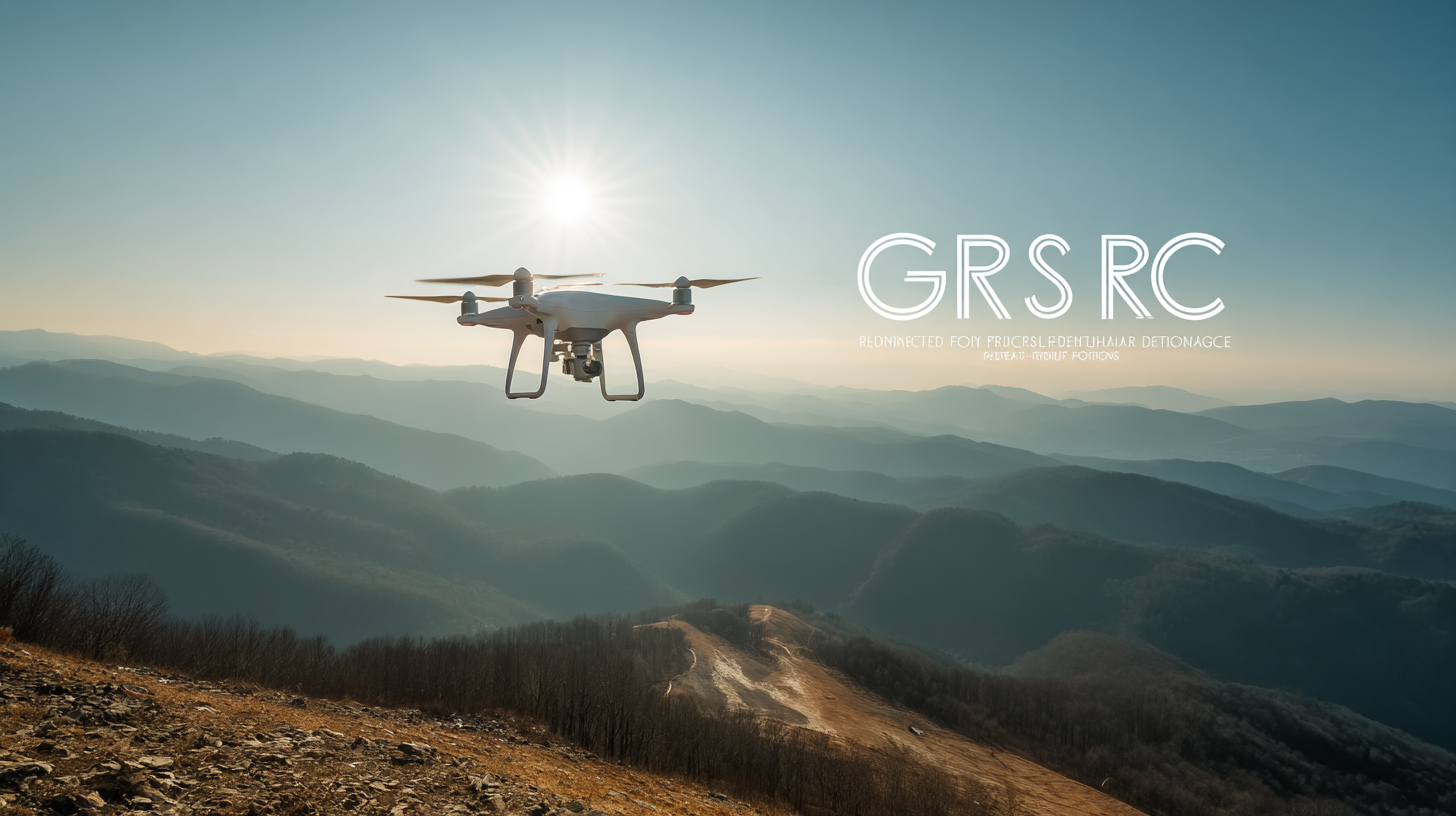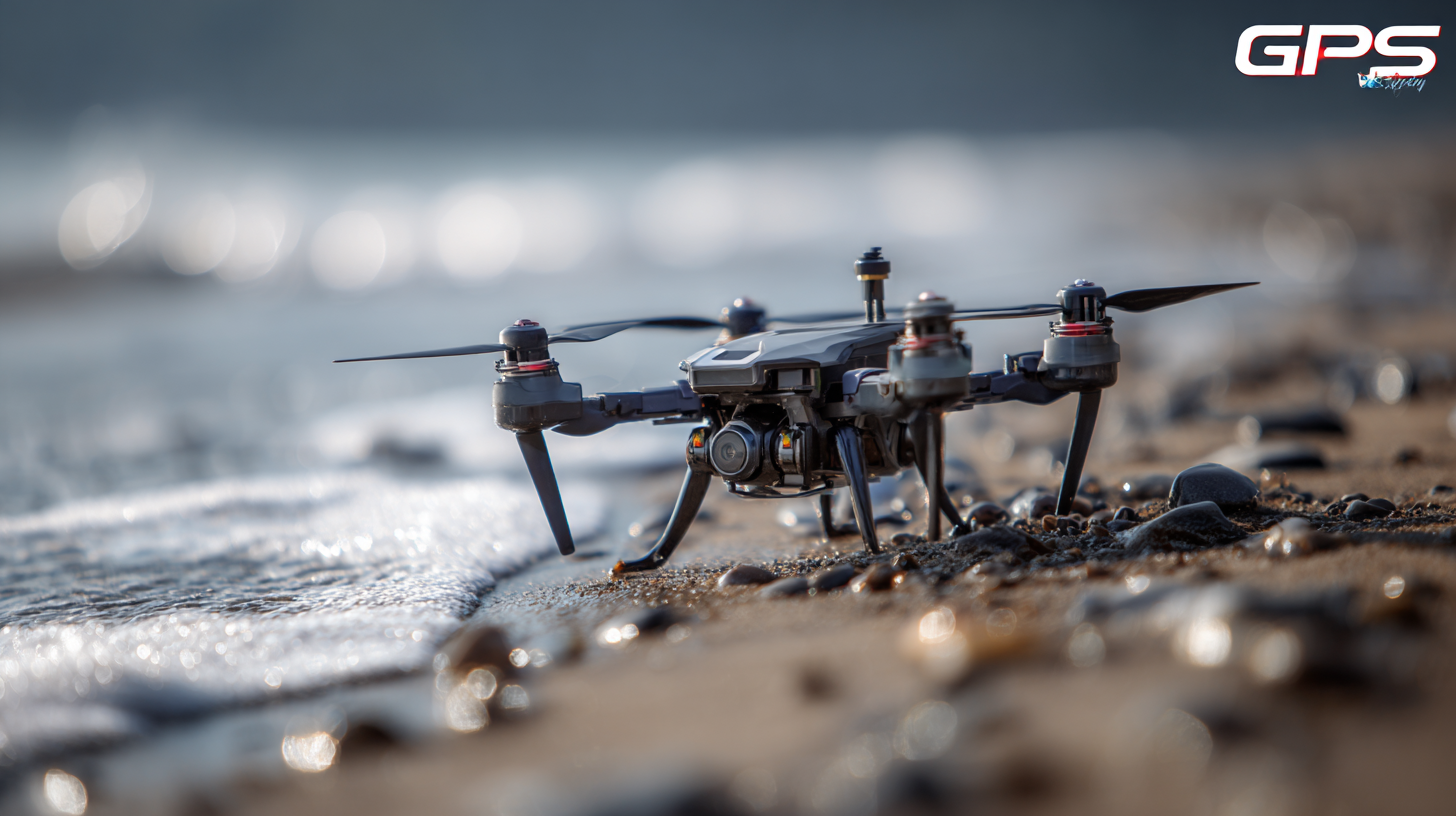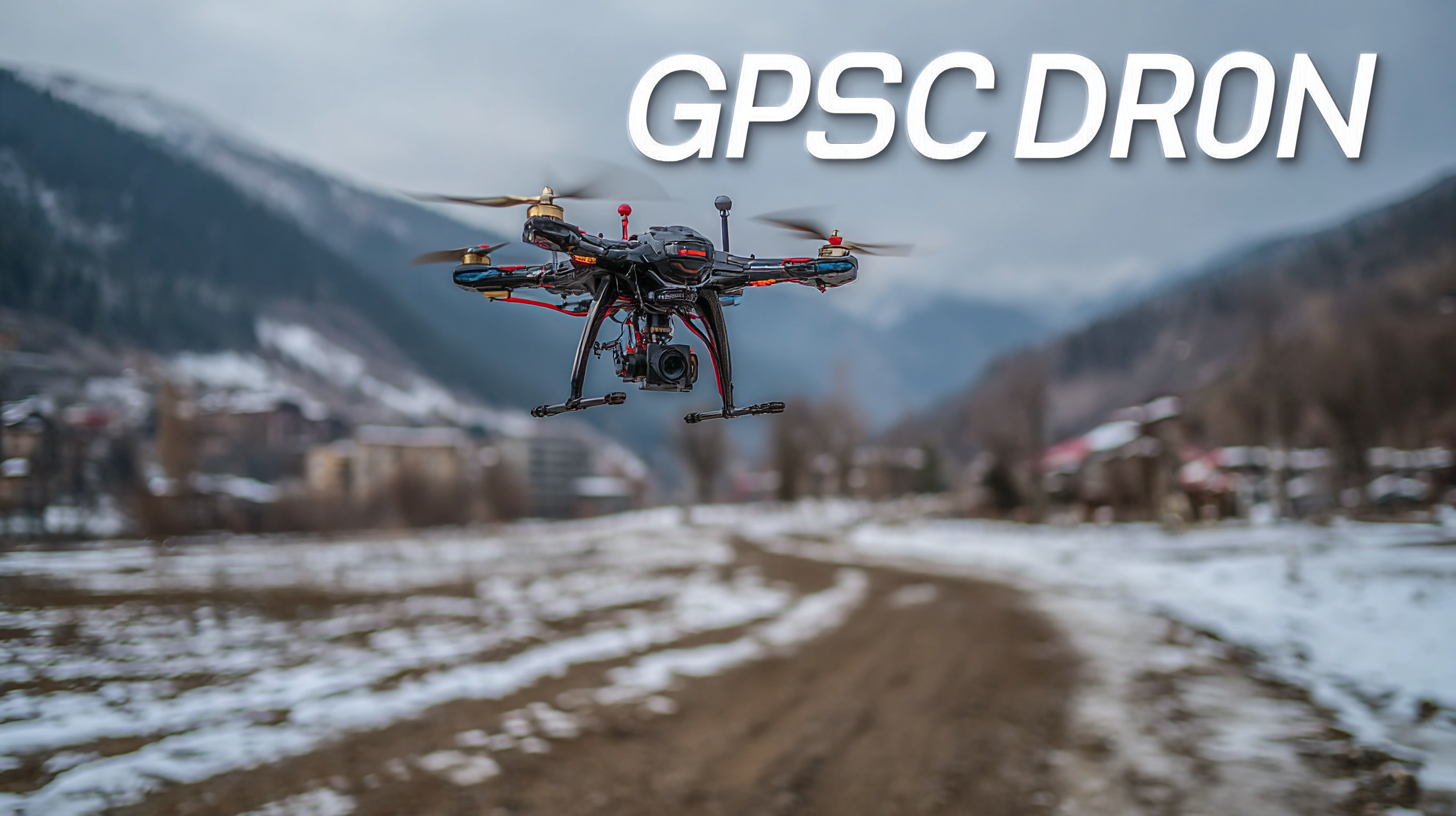
Exploring the Unique Features and Applications of the Best GPS RC Drones for Global Buyers
In recent years, the demand for high-quality GPS RC drones has surged, driven by advancements in technology and a growing array of applications across various sectors. As China emerges as a leader in drone manufacturing, it is crucial to explore how these sophisticated devices are not only redefining aerial photography and videography but also enhancing precision in agriculture, surveying, and logistics.
 This blog will delve into the unique features that set the best GPS RC drones apart, such as enhanced GPS capabilities, improved flight stability, and innovative design, while examining their global appeal and success in diverse markets. By highlighting the quality upgrades and the reasons behind their worldwide popularity, we aim to provide a comprehensive insight for prospective buyers looking to invest in top-tier GPS RC drones that are making waves across the globe.
This blog will delve into the unique features that set the best GPS RC drones apart, such as enhanced GPS capabilities, improved flight stability, and innovative design, while examining their global appeal and success in diverse markets. By highlighting the quality upgrades and the reasons behind their worldwide popularity, we aim to provide a comprehensive insight for prospective buyers looking to invest in top-tier GPS RC drones that are making waves across the globe.
Unique Features that Set GPS RC Drones Apart in the Market
In the evolving landscape of drone technology, GPS RC drones stand out due to their unique features that cater to a diverse range of applications. One of the most significant aspects that set these drones apart is their advanced navigation systems, which incorporate GPS technology for precise location tracking. This feature not only enhances flight stability but also empowers users to automate their flight paths, making these drones ideal for aerial photography and environmental monitoring.
Moreover, the market for toy drones is projected to reach USD 5.5 billion by 2032, indicating the growing demand for drones equipped with user-friendly features suitable for beginners and hobbyists. With an expected compound annual growth rate (CAGR) of 6.94%, manufacturers are increasingly focusing on creating affordable models without compromising on essential capabilities such as quality cameras and intuitive controls. The integration of sophisticated yet accessible technology is redefining consumer expectations, ultimately making GPS RC drones versatile tools for filmmakers, hobbyists, and professional users alike.

Top Applications of GPS RC Drones Beyond Aerial Photography
 GPS RC drones have far-reaching applications that extend well beyond aerial photography, revolutionizing various industries. According to a recent report by MarketsandMarkets, the commercial drone market is expected to reach $15.7 billion by 2023, indicating a surge in demand for versatile drone applications. One notable use is in agriculture, where drones equipped with GPS technology assist farmers in precision farming. They enable crop monitoring, soil analysis, and even pesticide spraying, leading to efficient resource management and increased yield.
GPS RC drones have far-reaching applications that extend well beyond aerial photography, revolutionizing various industries. According to a recent report by MarketsandMarkets, the commercial drone market is expected to reach $15.7 billion by 2023, indicating a surge in demand for versatile drone applications. One notable use is in agriculture, where drones equipped with GPS technology assist farmers in precision farming. They enable crop monitoring, soil analysis, and even pesticide spraying, leading to efficient resource management and increased yield.
In the realm of disaster management, GPS RC drones play a crucial role in search and rescue operations. They are deployed to survey large areas quickly and gather real-time data during emergencies such as floods or earthquakes. The Federal Aviation Administration (FAA) estimates that the use of drones in emergency services could save first responders an average of 20% more time compared to traditional methods.
Tip: Ensure your GPS RC drone has robust tracking systems to enhance its effectiveness in search operations.
Additionally, in construction and infrastructure development, drones are invaluable for site surveying and progress monitoring. They provide aerial insights that help in planning and assessing project timelines. As per a study by DroneDeploy, construction professionals report a 50% time savings when incorporating drone technology into their workflow.
Tip: Regularly update the software and firmware of your GPS RC drone to access the latest features and maintain optimal performance.
How Chinese Manufacturers are Elevating GPS RC Drone Standards
Chinese manufacturers have significantly elevated the standards of GPS RC drones in recent years, leading to innovations that cater to both recreational users and professionals alike. Companies like DJI have set the bar high with their advanced technology, ensuring that features such as obstacle avoidance, long-range capabilities, and high-definition cameras are easily accessible. These enhancements provide users with a seamless flying experience, allowing for applications in aerial photography, agriculture, and surveillance.
When investing in a GPS RC drone, consider these tips: First, assess the drone's battery life and flight time, as these factors greatly influence your flying experience and overall productivity. Second, look for user-friendly software and strong customer support, which can make a significant difference, especially for beginners. Lastly, prioritize models with robust safety features, including geofencing and automatic return-to-home functions, to ensure your drone's safety during every flight. By keeping these tips in mind, you can select a model that not only meets your needs but also takes advantage of the technological advancements brought forth by Chinese manufacturers.
Cost-Effectiveness of Sourcing GPS RC Drones from China
The global drone market has significantly shifted towards GPS RC drones, with China emerging as a leading source for cost-effective solutions. According to a report by the International Drone Market Research Group, the demand for GPS-enabled drones is expected to grow at a CAGR of 15% from 2023 to 2028, driven by applications in agriculture, surveillance, and recreational use. This surge in demand is leading many buyers to consider sourcing options from China, where manufacturers can offer competitive pricing without compromising on technology and functionality.
One key factor in the cost-effectiveness of sourcing GPS RC drones from China is the country's robust supply chain infrastructure. A report from the China Electronics Chamber of Commerce highlighted that over 60% of global drone production occurs in China due to its advanced manufacturing capabilities and lower labor costs. Furthermore, suppliers in China often provide a range of customization options, enabling buyers to tailor drones to specific needs while keeping costs low. As global buyers seek to maximize their investment in drone technology, exploring these sourcing options from China can yield substantial financial advantages, allowing them to stay ahead in an increasingly competitive market.
Cost-Effectiveness of Sourcing GPS RC Drones from China
Future Trends in GPS RC Drone Technology for Global Buyers
The future of GPS RC drone technology is exciting, especially as it continues to evolve to meet the demands of global buyers. As manufacturers integrate advanced features, such as enhanced navigation systems and improved battery life, drones are becoming more efficient and user-friendly. Innovations like obstacle avoidance and real-time tracking are not only making these devices more capable but also increasing their appeal for various applications, from aerial photography to environmental monitoring.
Moreover, the growing emphasis on sustainability is reshaping the landscape of drone technology. With upcoming events showcasing cutting-edge green and organic products, it's clear that future GPS RC drones will likely incorporate eco-friendly materials and energy-efficient designs. Companies are beginning to prioritize sustainable practices in their manufacturing processes, which aligns with the increasing consumer demand for environmentally conscious products. This trend indicates a shift towards drones that not only perform exceptionally well but also contribute positively to our planet, making them an attractive choice for buyers looking to make responsible purchasing decisions.